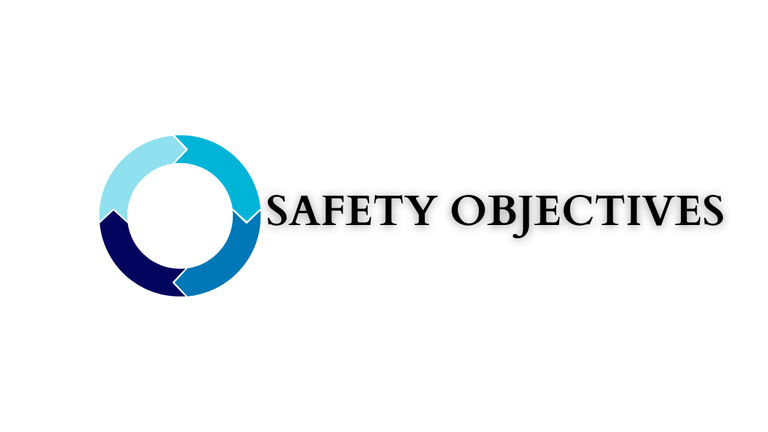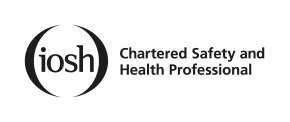Creating a balance in health and Safety
James Lister
5/8/20242 min read


The question I would ask to you all would be on a percentage how much of the work should be proactive vs reactive?
Throughout my experience as a Health and Safety Advisor we seem to take on more and more work as it is a demanding job. Before you realise you are spending most of your day behind the desk doing administrative tasks, which are all important because they are part of the KPI’s and incident investigations.
However, when you are out on site speaking to people being involved in toolbox talks and engaging with others you can tell you are adding to a positive safety culture, and you are making a difference which is a rewarding part of health and safety. Making health and safety a positive culture is important to everyone as we all care for each other.
Proactive and reactive can also be translated into leading and lagging indicators. In the context of health and safety management, lagging and leading indicators are used to measure and evaluate the effectiveness of an organization's health and safety performance. Here's what each term refers to:
Lagging Indicators: Lagging indicators are retrospective measures that provide information on past incidents, injuries, or illnesses that have already occurred. They are called "lagging" because they reflect historical data and outcomes. Common lagging indicators include the number of workplace accidents, injuries, lost workdays, illness rates, and workers' compensation claims. These indicators help assess the organisation's safety performance in terms of its past record and serve as a reactive measure to incidents that have already happened.
Leading Indicators: Leading indicators, on the other hand, are proactive measures that provide insights into the effectiveness of preventive and proactive safety measures implemented within an organisation. They are called "leading" because they offer predictive information about potential future outcomes and can help identify areas of concern before incidents occur. Leading indicators are focused on activities and conditions that are expected to contribute to positive safety outcomes. Examples of leading indicators may include the number of safety training sessions conducted, employee participation in safety programs, near-miss reporting, safety inspections, hazard identification, and safety culture surveys. These indicators help assess the organization's proactive efforts to prevent incidents and improve overall safety performance.
While lagging indicators offer important insights into the historical safety performance of an organisation, leading indicators are considered more valuable as they provide opportunities to identify potential risks, implement preventive measures, and ultimately reduce the likelihood of incidents occurring. By focusing on leading indicators, organizations can prioritize proactive safety actions and continuously improve their health and safety programs.




